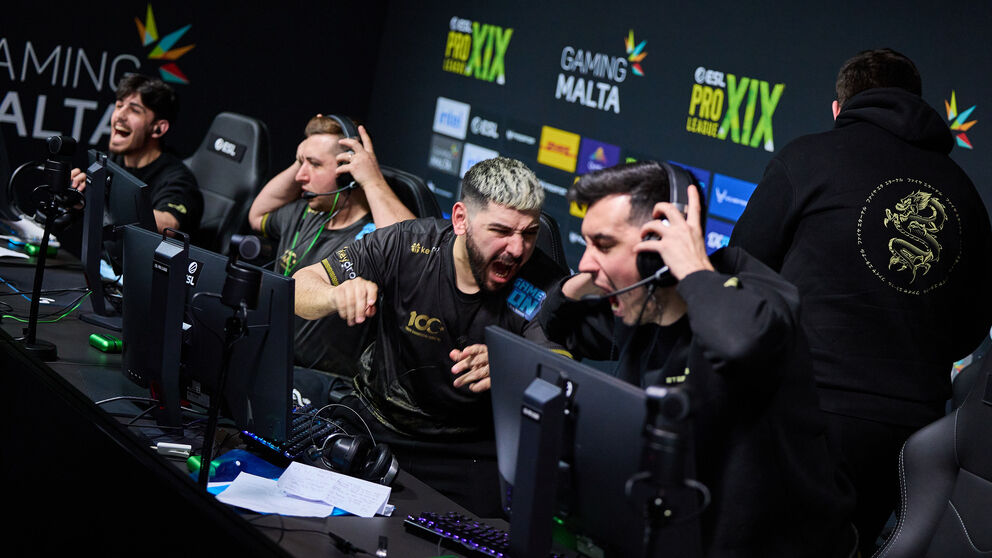When it comes to producing an eye-catching spectacle, esports companies have come a long way since the early days of small-scale tournaments and low production values. Today, a regular production for a high-tier tournament has dozens of people taking part, and using some of the most high-tech products available.
To understand more about the progressive trends that shape up esports production, we spoke to Fabian Leimbach, the Senior Director of Broadcast Engineering at the ESL FACEIT Group, competitive games and esports company, and Leon Herche, Head of Creative Production at bright! Studios, a visual design and AR studio.
Humble beginnings to mass distribution
“The esports production sector has changed significantly in the last couple of years,” said Leimbach, with the biggest changes apparent in the levels...
You are not signed in
Only registered users can read the rest of this article.

Poacher turned gamekeeper: Netflix rules, for now
Netflix raids Hollywood to land a giant of old media, but having offered billions over the odds for ageing IP, would a smarter play have involved the creator economy?

Truth in the age of deepfakes: Building trust in the human-machine era
As deepfakes become prevalent throughout the media industry, experts at the BBC, Guardian, and ITN wrestle with the implications of today’s unprecedented levels of disinformation and distrust.

Rory Peck Awards: Truth has never needed its defenders more
This year’s Rory Peck Awards was an affirmation that press freedom is in severe danger, that it has become a vicious fight to sustain that facts matter. George Jarrett reports.

Camerimage: “The time to be afraid of AI was two years ago”
The festival of cinematography remains political with the rise of AI and gender equality bubbling beneath the surface.
.jpg)
Content Everywhere: Disruptive forces in 2025, from AI to ROI and SGAI
Looking back over 2025 to date, it’s clear that AI continues to widen its role in the Content Everywhere ecosystem, and many companies are becoming more discerning about how and where the technology should be applied to streaming and video technology. Clearly, there is still much more to come, and much more to learn, but what have recent developments taught the industry to date?



